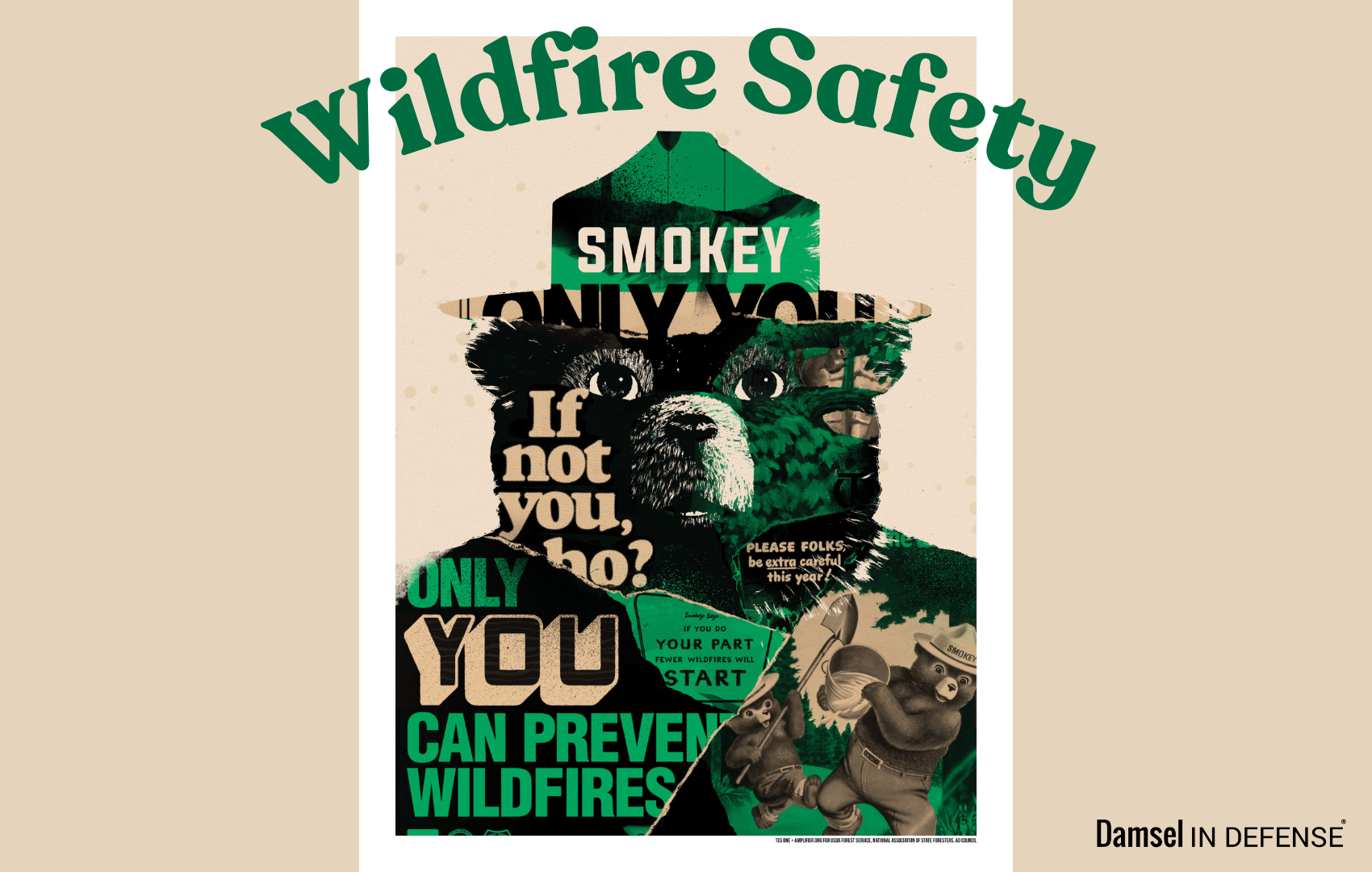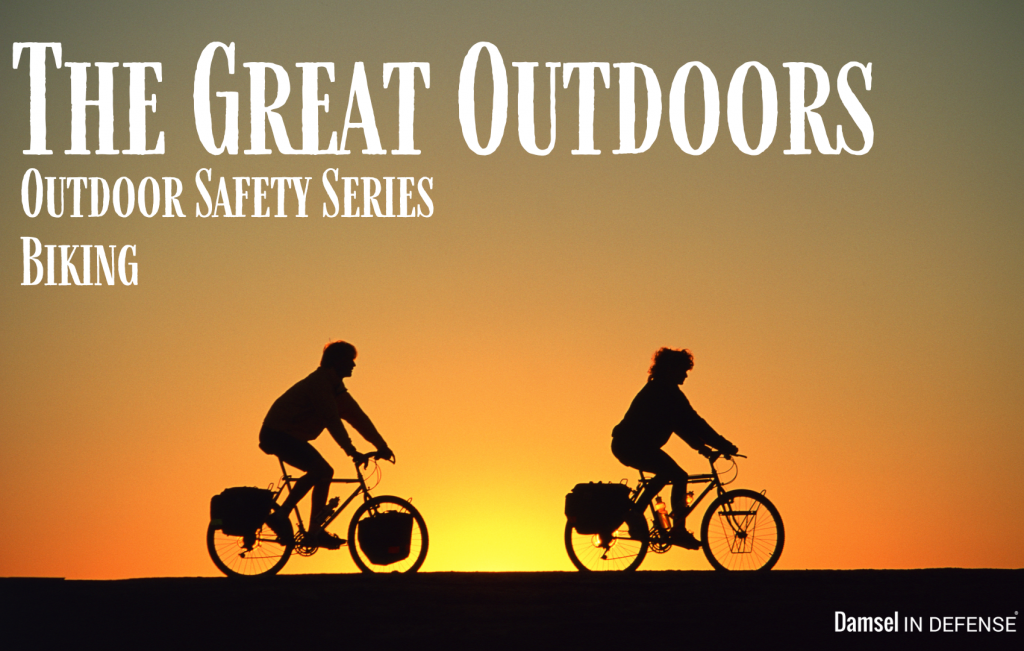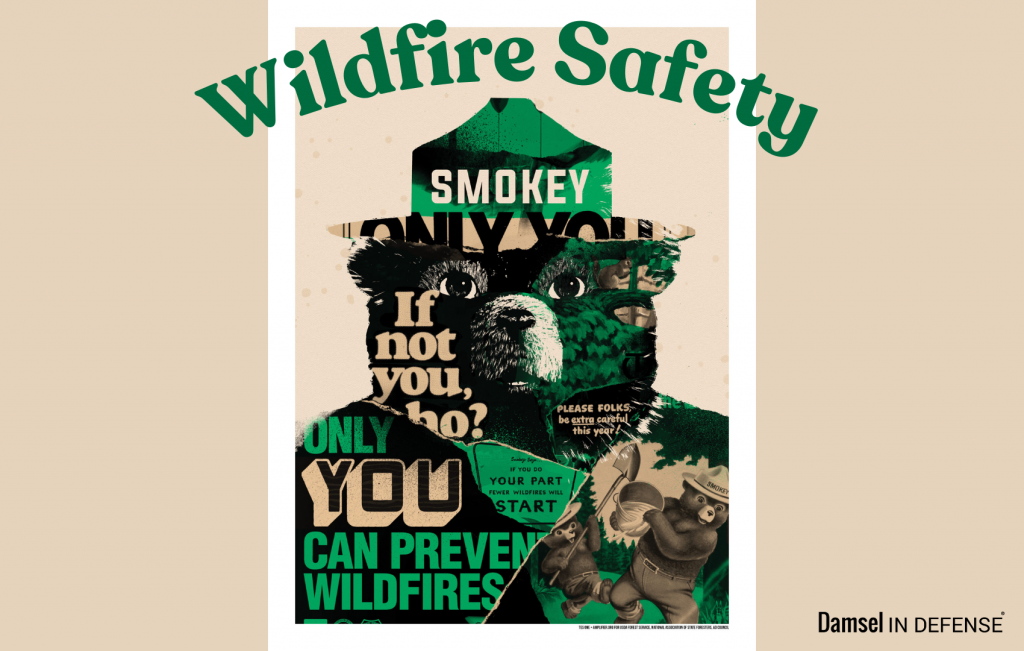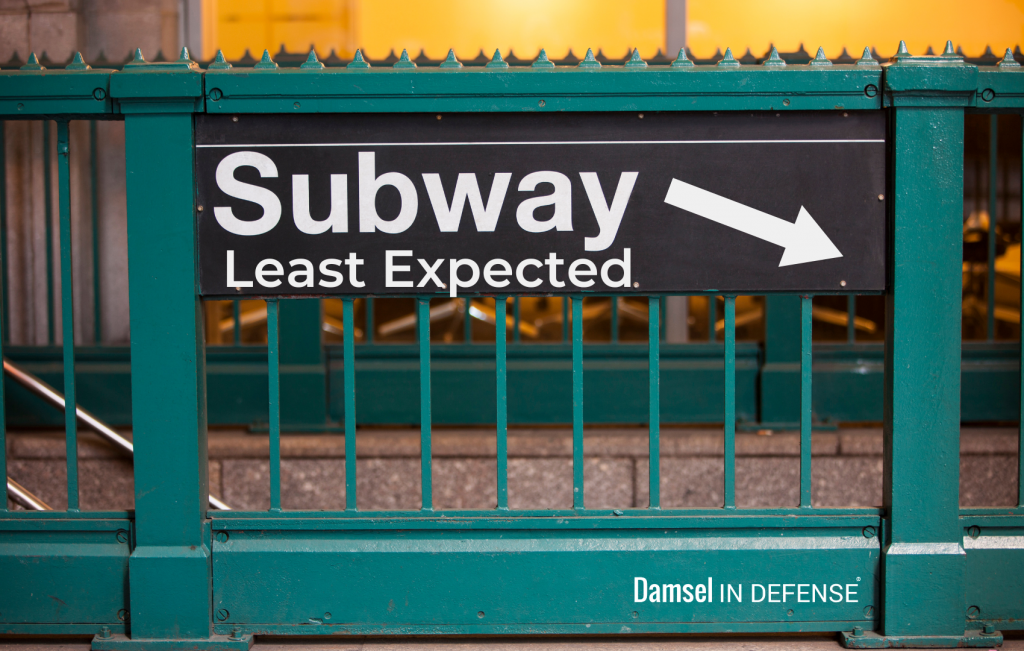
Not many of us think to be smokejumpers – firefighters who provide the initial attack on remote wildfires by parachuting into the fire from a plane – like Angelina Jolie’s character Hannah was in the movie Those Who Wish Me Dead. Though many people do love these action packed movies, there are many wildfire circumstances in this movie that could have killed or severely harmed the average person. How, then, do we plan for and prepare in the event we are caught in a wildfire?
Preparation – Home
- Make an Emergency Plan
- Create a list of all the items that are important for you to grab based on different times you may have to evacuate (5 min, 30 min, an hour) and place it in an easy to locate spot
- Don’t forget to plan for if you are away from home, such as if you are in the office or your kids are at a daycare
- Ensure Important Documents are up to date
- Make copies and keep them secure
- Fortify your home and other living spaces
- If you can, use fire-resistant materials in building, renovating, or making repairs
- Ensure you have a hose or sprinkler that you can turn on or use to help your home if possible
- Leaf piles, debris, and all other flammable materials should be 30 ft+ away from your home
- If you are in an apartment, know where the emergency exits are
- Practice running fire drills, especially in a high wildfire area
- Should you live in a high risk area, run drills every quarter to keep in practice
- Drills should be performed at least once a year no matter where you live
- Be familiar about alerts
- Have at least one radio tuned into your local news station when a threat arises
- Know your zone – be familiar which county you live in and what the nearest safe zones are
Preparation – Camping/in a Forest
- Locate safe zones around your campsite or look for some as you hike
- Safe zones can be areas clear of vegetation, a large body of water, or a previously burned area
- Canyons are a horrible idea as the heat in the canyon acts as an oven
- Avoid synthetic clothing
- In high temperatures, it can melt and cause burns
- Never use a rain jacket for a heat protector as it will simply melt away
- Stay Informed
- Check for wildfire alerts and warnings before and during your trip
- Plan to wear bright colors over being aesthetic
- In the event a fire does happen, bright colors will make it easier for rescuers to spot you
During an Unexpected Wildfire – Home
- Using your emergency plan, grab the most important items and evacuate
- If the authorities tell you to evacuate immediately, do so
- Red Cross typically has shelters open during natural disasters
- If trapped in your home, call 911 and provide your location but know that during a wildfire, emergency response could be delayed or impossible
- Turn on lights to help rescuers find you
- If you have enough time, move combustible outdoor items into your garage (firewood, toys, wicker furniture)
- Shut off gas and propane tanks and move small tanks at least 15 ft away from the home
- Leave water on and ensure hoses are accessible
- Close all windows and shut all doors (but leave them unlocked), shut off air vents, and turn off the air conditioner
- Move to the end of the house farthest from the fire, staying low as smoke rises
- If possible, cover yourself with wool blankets and jackets
- Flames tend to move uphill very quickly, so if you need to drive uphill, do so quickly. If you can’t, find a different way
During an Unexpected Wildfire – Camping, Hiking
- Drop your pack, keeping only your phone and water if easily accessible
- Packs can weigh you down in the fight for your life Many wildland firemen claim the difference between those fellow firemen who have escaped out of control wildfires and those who died came down to those who dropped their packs
- Do not head uphill; fire can climb much faster depending on wind patterns
- Instead, run downhill and upwind
- Aim for safe zones with little to no vegetation (such as the ones you found during your drive or hike in)
- Look for manmade or natural barriers such as streams, fire roads, already burned areas, lakes, and rivers
- While the size and strength of the fire will matter if these will help slow it down, it is your best bet besides finding a clearing or previously burned areas
- Lakes can be a great barrier; however, depending on the size and strength of the fire and the size of the lake, you may swim out only to suffocate in the ash and the smoke
- Consider swimming as a last-ditch effort and not a primary solution due to the potential dangers
- Even if you do not believe to have inhaled lots of smoke, we recommend still going to the hospital to get checked out
- Smoke can coat your lungs and cause unexpected problems later on
The Aftermath
- Only go back when cleared to by officials
- Be cautious of burnt trees, fallen power lines, and other hazards
- Even post-fire, lots of trees or wood posts can fall with no warning
- Remember: stuff can be replaced – you can’t
- If going back to your home, be cautious going in. If firemen or other authorities advise you to keep out, do so until they deem it safe for re-entry
For further Fire Safety tips, check out the Fire Safety blog post. To learn about Damsel’s product line, connect with your local Damsel Safety Educator here.



